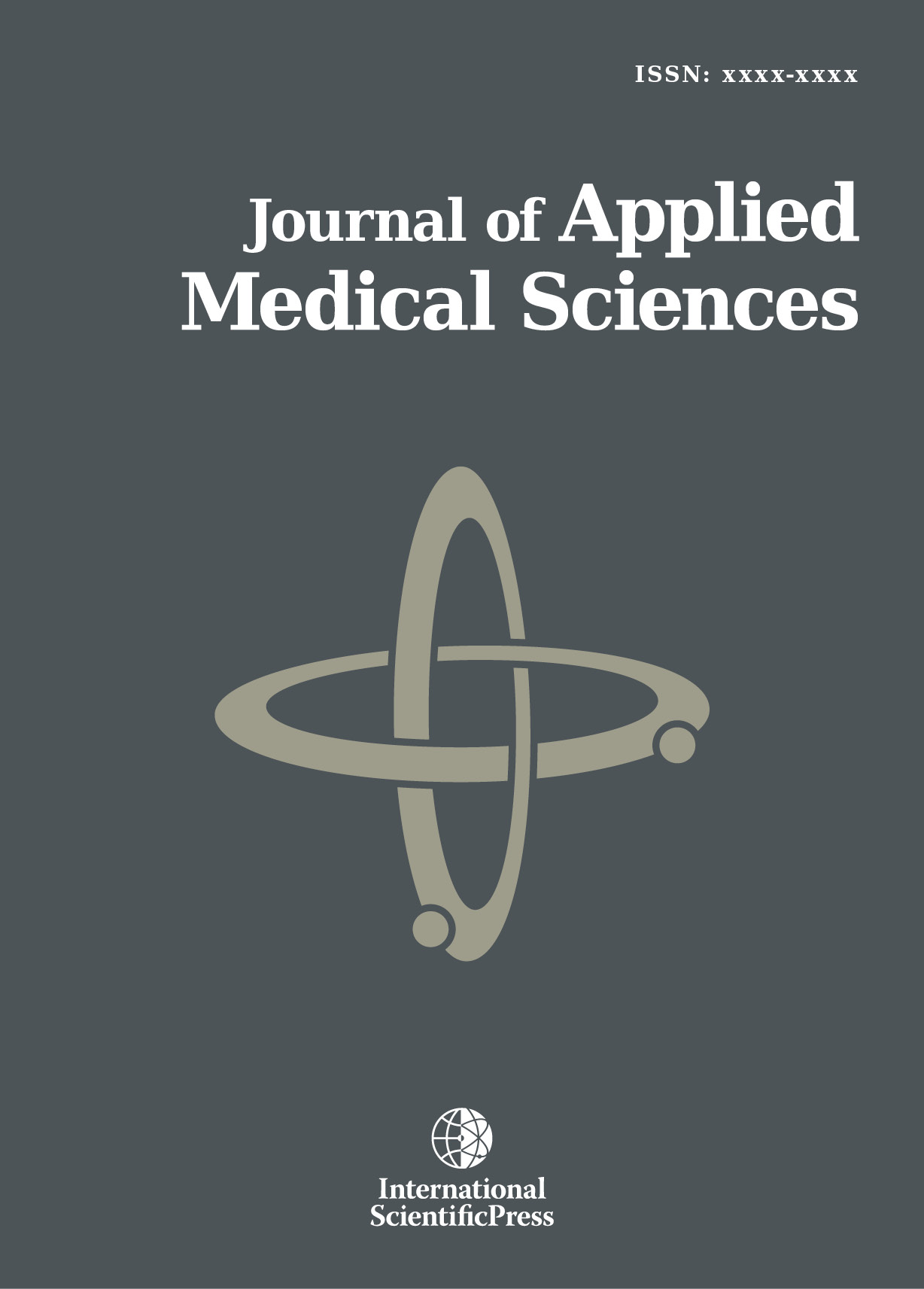Journal of Applied Medical Sciences
Osteopontin Function and Interaction with Vascular Calcification and Atherosclerosis
-
 [ Download ]
[ Download ]
- Times downloaded: 11224
-
Abstract
Vascular calcification is now recognized as a marker of atherosclerotic plaque burden as well as a major contributor to loss of arterial compliance and increased pulse pressure seen with age, diabetes mellitus, and renal failure. Long bones epiphyses serve as a niche of hematopoietic and mesenchymal stem cells contributing for the bone and vascular homeostasis. Hormones and peptides affect the vascular system through activation of different stem cells and transcriptional factors. Recent studies, emphasize the strong correlation between bone matrix that is secreted during bone tissue regeneration and angiogenesis. One of the most important components of bone matrix is osteopontin (OPN) that is linked to the bone regeneration and angiogenesis. OPN serves an adhesive substrate for both vascular smooth muscle (SMCs) and endothelial cells as well a potent chemo tactic factor for SMCs. OPN is present focally in human atherosclerotic coronary and carotid artery specimens but absent in no diseased coronary arteries. OPN mRNA is present in a plaque and mainly expressed in macrophages but also in smooth muscle cell and endothelial cells. Furthermore OPN is correlated with bone turnover and remodeling and may play a role in plaque calcification. The literature reported the expression of bone morphonegic protein 2a, a potent factor for osteoblast differentiation, in human atherosclerosis suggesting that the plaque calcification is an active process. Osteoblasts regulates bone formation, its precursors come from the mesenchyma of bone marrow while osteoclasts come from hematopoietic precursors. Both osteoclasts and osteoblasts produce OPN and their activities are crucial for bone remodeling besides osteoid mineralization. Mechanistically increasing evidence suggests that phosphorylated-OPN directly associates with apatite deposits and blocks crystal growth in addition to inducing RGD-mediated mineralization of cardiovascular tissues. Taken together bone marrow progenitors/stem cells unbalance may contribute for the vascular calcification. A better understanding of the mechanism that link between bones and blood vessels may open a new frontier to fight atherosclerosis and enhance blood vessel repair.
